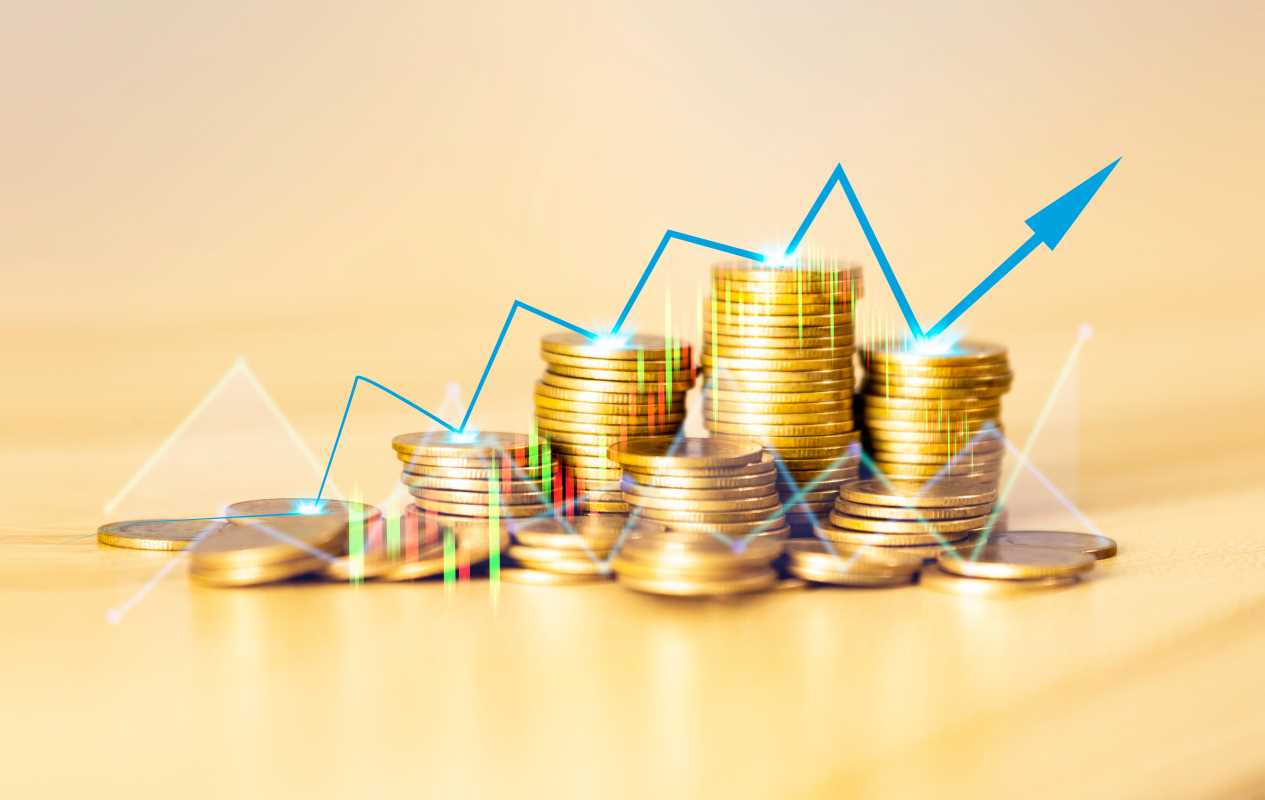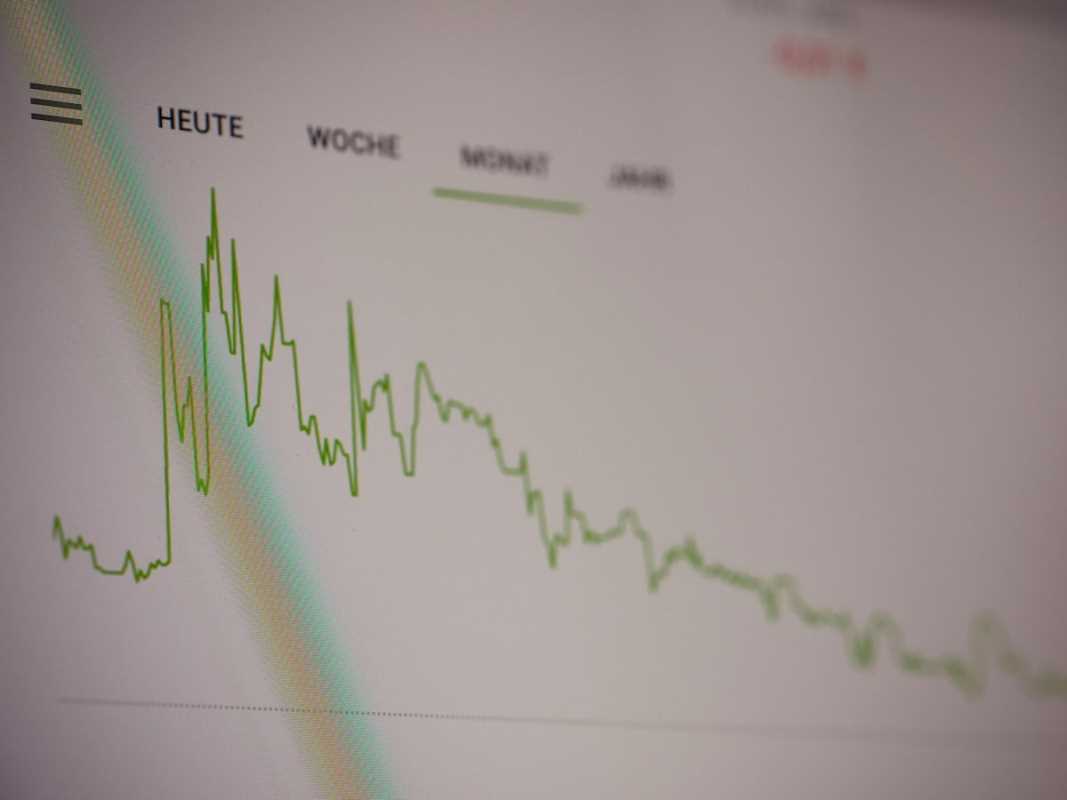Compounding returns are one of the most powerful principles in personal finance and investing. It’s often referred to as "earning money on your money," and for good reason. Through compounding, your initial investment grows, and on top of that growth, you continue to earn returns. The concept is simple, but the impact can be life-changing when harnessed effectively.
This article will break down the concept of compounding returns in straightforward terms. We'll walk through clear examples to help solidify the idea and show how anyone can leverage this financial principle to build wealth over time.
What Are Compounding Returns?
Simply put, compounding occurs when your investment generates earnings, and then those earnings generate their own earnings. Over time, this cycle creates exponential growth for your investment.
It differs from simple interest in one major way. With simple interest, you earn returns only on your initial investment. Compounding, on the other hand, adds another layer of growth, as returns are calculated on both your original capital and past gains.
How It Works (A Quick Breakdown)
- You start with an initial investment.
- Your investment earns returns over a set period.
- These returns are reinvested, becoming part of your investment.
- The cycle repeats, with each round of compounding increasing the total amount of your investment.
Let's move straight into examples to illustrate how this works in practice.
Example 1: Starting Small, Growing Big
Imagine you invest $1,000 in an account that pays a 5% annual return. Here's how your money would grow over time:
- Year 1: You earn $50 (5% of $1,000), bringing your total to $1,050.
- Year 2: Next, you earn 5% on $1,050, which is $52.50, for a total of $1,102.50.
- Year 3: The 5% return on $1,102.50 is $55.13, giving you $1,157.63.
Notice how each year, the dollar amount of your returns grows slightly. This is because you're earning not just on your original $1,000 but also on the returns you’ve accumulated.
Over 20 years, this same $1,000 investment would grow to $2,653, even though you never added any additional money. That’s the power of compounding in action.
Example 2: Add Regular Contributions
Now let's level it up. What happens if you invest regularly? Suppose you start with $1,000 and add $100 every month to the same account with a 5% annual return.
Using this formula, after 20 years, you’d end up with around $41,000. That’s a significant leap compared to $1,000 growing on its own. Regular contributions allow you to accelerate the compounding effect, turning consistent efforts into substantial wealth.
Example 3: The Early Bird Advantage
Time is the most critical factor in compounding. Here's a comparison to underline its importance:
- Investor A starts saving $200 a month at the age of 25 and stops contributing at 35. Over these 10 years, they invest a total of $24,000. With an average annual return of 7%, their investment grows to around $242,000 by age 65.
- Investor B, on the other hand, starts at age 35 and saves $200 a month for 30 years (until age 65). While they invest $72,000 in total, their account only grows to around $226,000 by age 65.
Why does Investor A, who contributed much less, end up with more? The answer is time. Those extra years of compounding give their investments a head start, allowing their returns to compound further and faster.
How Can You Maximize Compounding?
Understanding the power of compounding is one thing; taking steps to leverage it is another. Here are a few actionable tips to help you get the most out of compounding returns:
1. Start Early
The earlier you begin, the longer your investments have to grow. Even small amounts invested in your twenties can surpass much larger sums invested later in life. Time smooths out market volatility and amplifies small contributions.
2. Reinvest Earnings
To benefit from compounding, ensure that your earnings or dividends are reinvested. Most brokers and financial platforms offer automatic reinvestment options, so you can keep your money working for you without lifting a finger.
3. Be Consistent
Make regular contributions to your portfolio, whether it’s monthly or quarterly. This not only builds discipline but also helps you take advantage of dollar-cost averaging, reducing your exposure to market fluctuations.
4. Choose Investments Wisely
Higher returns will naturally lead to faster compounding, but don't chase risky investments solely for promising higher yields. Instead, focus on a diversified mix of assets that aligns with your risk tolerance and financial goals.
5. Reduce Fees
High fees can erode the benefits of compounding. For instance, a 2% annual fee might seem minor, but over decades, it eats into your returns. Consider index funds or ETFs with low expense ratios to keep more of your money compounding.
The Hidden Downside of Waiting
While compounding is a remarkable force, its inverse can be just as striking when you delay. Consider another simple example:
- If you aim to retire at 60 with $500,000 and start saving at 30, you'd need to invest around $285 a month with a 7% return.
- If you delay starting until age 40, that monthly amount jumps to $655.
- At 50, you'd need to invest a staggering $2,400 per month to hit the same goal.
The later you start, the harder it becomes to achieve your targets due to the lost years of compounding growth.
Applications Beyond Investing
While we’ve focused on stocks and funds, compounding applies to other areas of finance, too:
- Debt: Compounding works against you when applied to high-interest loans or credit cards. Interest on unpaid balances compounds, leading to rapid growth of your debt.
- Savings Accounts: A high-yield savings account uses compounding to grow your cash passively.
- Retirement Plans: Employer-matched contributions in a 401(k) amplify compounding effects further, making it an excellent tool for long-term planning.
Take Action Today
Harnessing the power of compounding returns starts not with complex strategies but with a single step. Whether it’s opening a retirement account, investing in a diversified ETF, or setting up automatic contributions, what matters most is starting now.
 (Image via
(Image via





